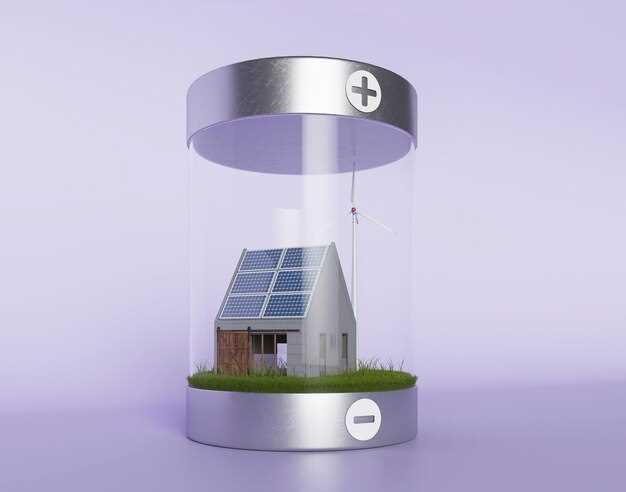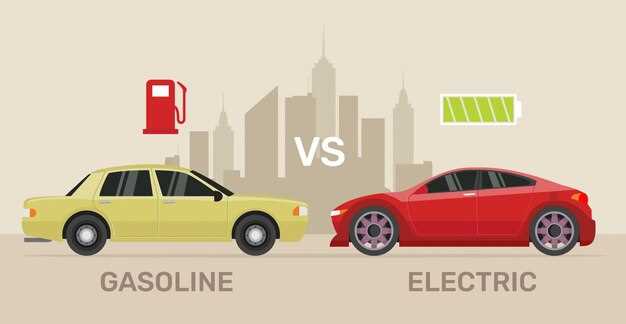
The rise of environmentally friendly transportation has led to increasing interest in hybrid and electric vehicles. As consumers weigh their options, understanding the financial implications of each type is crucial. This article delves into the cost comparison of hybrid vehicles and their fully electric counterparts, examining both initial investments and long-term expenses.
When evaluating the cost of hybrid and electric vehicles, one must consider factors such as purchase price, maintenance costs, fuel expenses, and potential government incentives. While hybrid vehicles often come at a lower price point than fully electric models, the long-term savings associated with electric vehicles can be significant, particularly when factoring in lower fuel costs and minimal maintenance requirements.
Notably, the evolving landscape of battery technology and charging infrastructure continues to shape the affordability and practicality of electric vehicles. As the market matures, the cost of entry for electric vehicles is expected to decrease, potentially changing the dynamic of cost comparisons. This analysis aims to provide a comprehensive overview to help consumers make informed decisions based on their financial considerations and environmental goals.
Initial Purchase Price: Hybrid vs. Electric Vehicles

The initial purchase price is a significant factor for consumers considering hybrid and electric vehicles (EVs). Generally, hybrid vehicles tend to have a lower upfront cost compared to their fully electric counterparts. This can be attributed to the more established technology and the less expensive components involved in hybrid designs, which usually combine a gasoline engine with an electric motor.
On average, hybrids are priced between $20,000 and $35,000, making them more accessible for budget-conscious buyers. In contrast, EVs often start at a higher range, typically between $30,000 and $60,000. This is largely due to the cost of advanced battery technology, which remains one of the most expensive components of electric vehicles.
However, the initial purchase price can vary based on several factors, including federal and state incentives. Many governments offer tax credits, rebates, and grants for EV purchases, which can significantly reduce the effective cost. For instance, in the United States, federal tax incentives can lower the price of an EV by several thousand dollars, making them more competitive with hybrids.
Moreover, availability and market demand also influence prices. As the EV market continues to grow, and more manufacturers enter the space, competition may drive prices down, leading to more attractive pricing for potential buyers. Additionally, advancements in battery technology may lead to future reductions in electric vehicle costs.
Another consideration is the long-term savings associated with electric vehicles, which often have lower operational and maintenance costs compared to hybrids. While the initial investment might be higher, the total cost of ownership can be more favorable for EVs over time.
Ultimately, when deciding between a hybrid and an EV, prospective buyers should weigh the initial purchase price against the potential savings in fuel and maintenance, as well as environmental benefits, to make a well-informed choice that suits their financial and lifestyle needs.
Long-Term Maintenance Costs for Hybrid and Electric Vehicles
When considering the long-term maintenance costs of hybrid and electric vehicles (EVs), it is essential to analyze various factors that contribute to overall expenses. Both types offer distinct advantages compared to traditional gasoline-powered vehicles, particularly in terms of lower maintenance needs.
Hybrid vehicles typically have both an internal combustion engine and an electric motor, which can lead to more complex maintenance requirements. For instance, as the engine and electric components work together, the wear and tear on certain parts, such as brakes and the transmission, may differ from that of conventional vehicles. However, hybrids are designed to regenerate energy through braking, which often results in less frequent brake replacements.
On the other hand, electric vehicles consist of fewer moving parts, which can result in reduced long-term costs. Key components like the electric motor and battery system require less frequent servicing than traditional engines. EVs also do not require oil changes and have fewer fluids to monitor, further decreasing routine maintenance expenses.
Battery maintenance is a significant consideration for both hybrids and EVs. While battery replacement can be expensive, many manufacturers offer warranties that cover the battery for long periods. Over time, as technology improves and battery efficiency increases, replacement costs are expected to decline, making long-term ownership of EVs increasingly economical.
Additionally, some states offer incentives for electric vehicle owners, further reducing long-term costs. These can include tax credits, rebates, and reduced registration fees, making the initial investment in EVs more appealing in the long run.
Overall, while hybrids may incur higher maintenance costs in certain areas due to their dual systems, electric vehicles generally provide a lower maintenance alternative. This trend is expected to continue as technology evolves, making EVs a cost-effective choice for the future.
Fuel Savings and Incentives for Hybrid and Electric Vehicle Owners

Hybrid and electric vehicles (EVs) offer significant fuel savings compared to traditional gasoline-powered cars. The efficiency of hybrids allows them to achieve higher miles per gallon (MPG) ratings, while electric vehicles eliminate fuel costs entirely by relying on electricity. For hybrid owners, this often translates to savings at the pump, especially as fuel prices fluctuate.
The reduced dependency on fossil fuels for hybrids helps drivers save money in the long run. Although upfront costs for hybrids and EVs can be higher, the savings on fuel can make ownership more economical over time. Furthermore, drivers of electric vehicles can benefit from lower electricity rates, especially during off-peak hours, leading to further reductions in operating costs.
In addition to fuel savings, many governments offer financial incentives to encourage the adoption of hybrid and electric vehicles. These can include tax credits, rebates, and grants, significantly lowering the initial purchase price. Incentives vary by region, but they often aim to promote environmentally-friendly choices and reduce overall emissions.
Many states also provide additional benefits for hybrid and electric vehicle owners, such as access to carpool lanes, reduced registration fees, and exemptions from tolls. These perks not only enhance the ownership experience but also contribute to further savings and convenience.
Overall, the combination of fuel savings and available incentives makes hybrid and electric vehicles an attractive option for eco-conscious consumers looking to reduce both their environmental impact and their transportation costs.



